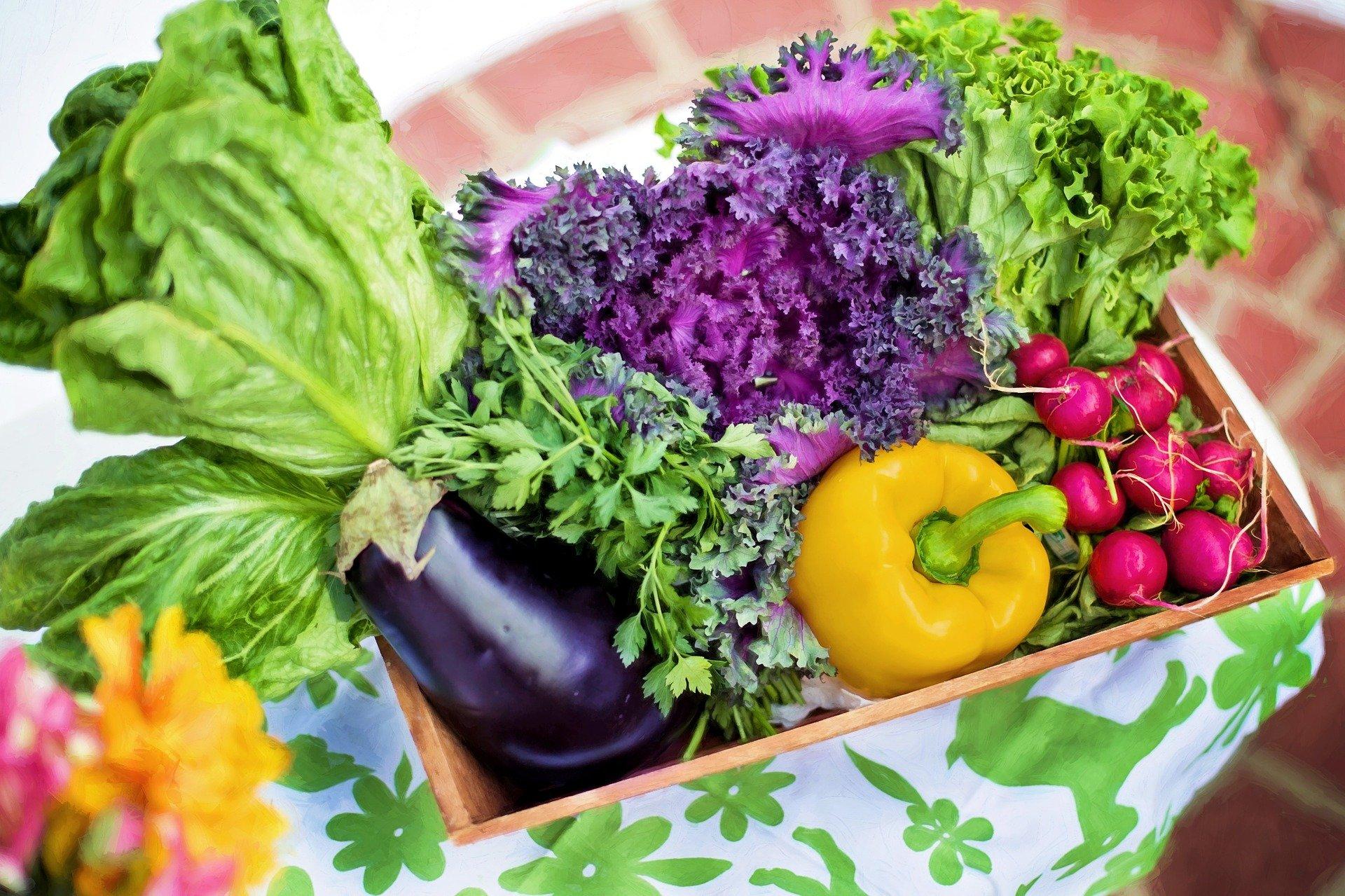
Six basic steps to start or plant a vegetable garden
Step 1: Plan the garden
- Will you grow vegetables and herbs in containers or in garden soil?
- Will you create an in-ground garden, or perhaps use raised beds?
- Start small and expand when you are ready. A good starter size is 50-75 square feet.
- Grow vegetables that you like to eat and are expensive to buy. Some of the easiest vegetables are bush bean, tomato, cucumber, pepper, lettuce, summer squash, and leafy greens (Swiss chard, kale, mustard, etc.).
- Place taller crops on the north and west sides so they will not shade shorter plants.
- Group plants by what season they grow in and how long they take to come to maturity.
- Early, short-season crops, like lettuce, can give way to late-season crops after harvest.
Step 2: Select the site
- Your garden should be on level ground in a spot that gets at least 6 hours of full sun a day (preferably more). Avoid the shade from trees, shrubs, and buildings where possible.
- Include paths to make sure you have access to every part of your garden.
- Easy access to water is essential.
- Know your local animal population (deer, groundhogs, raccoons, etc.) and surround the garden with a fence as needed.
Step 3: Prepare the soil
- Vegetable garden soil should be deep and crumbly, should drain well, and should contain plenty of organic matter.
- Have your soil tested to determine nutrient levels and acidity level (pH), and to be sure it is safe to plant in (measures less than 400 ppm of lead).
- Turn under or remove the grass sod but do not dispose of it, as sod contains valuable topsoil and organic matter. You can also kill the grass by covering it with sections of cardboard or newspaper and then covering that with a 2-4 inch layer of compost.
- If you're starting with bare ground (no grass to remove), add at least two inches of compost on top of your soil and dig it in. Continue to add a thin layer of compost every time you plant. You can fill a new raised bed with purchased topsoil and compost.
- Raised beds may either be surrounded by an enclosure (such as wooden boards) or built up with sloped sides and no enclosure.
Step 4: Plant the crops
- Learn about the vegetable you are interested in growing to determine whether a particular vegetable is best direct-seeded in the ground or whether its seeds have to be planted indoors and grown to transplant size. You can buy seeds and transplants from local stores.
- If you buy seedlings to transplant, make sure they look healthy and are not so overgrown that tangled roots encircle the bottom of the pot.
- Acclimate transplants from seed started indoors or in a greenhouse to outdoor conditions before planting them: gradually expose them to outdoor temperatures, light, and wind. This process is called “hardening off."
- Transplant on a cloudy, calm afternoon, if possible, and water well. Handle plants carefully and make sure there is adequate room for the roots in the planting hole.
Step 5: Take care of the garden
- Water deeply around the base of your vegetable plants, as necessary, to keep the roots systems moist. Frequent, shallow watering is good for newly planted seeds, but mature plants need more deep, less-frequent waterings.
- Water in the morning when possible. Use a soaker hose or drip irrigation system to reduce water use.
- Fertilize as necessary based on your soil test recommendations, fertilizer label instructions, and the needs of your different crops.
- Control weeds by laying down an organic mulch, slicing or chopping weeds with a hoe, and hand-pulling. Start early, as soon as weeds appear.
- Support tomato, pepper, and cucumber plants with stakes or trellises to save space.
- Monitor plants regularly for problems. Learn to take an integrated pest management (IPM) approach to any plant or pest problem. If you need assistance, send your question with digital photos to Ask Extension.
- Vegetables and herbs can be grown successfully in Maryland gardens without chemical pesticides.
Step 6: Harvest and enjoy!
Author: Erica Smith, University of Maryland Extension Master Gardener
Revised: April 2020
Related information
Still have a question? Contact us at Ask Extension.